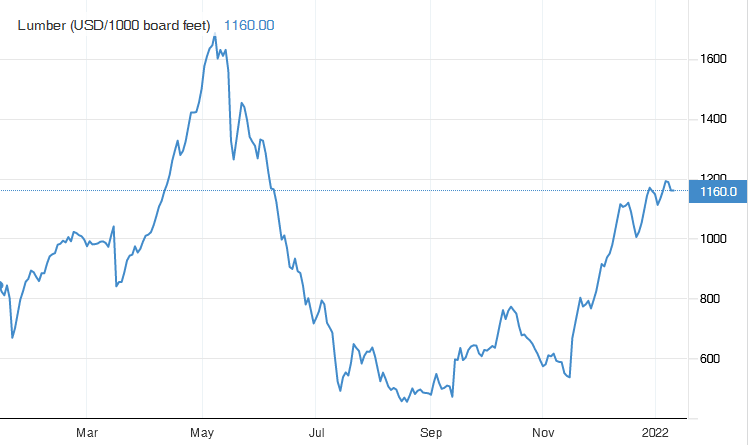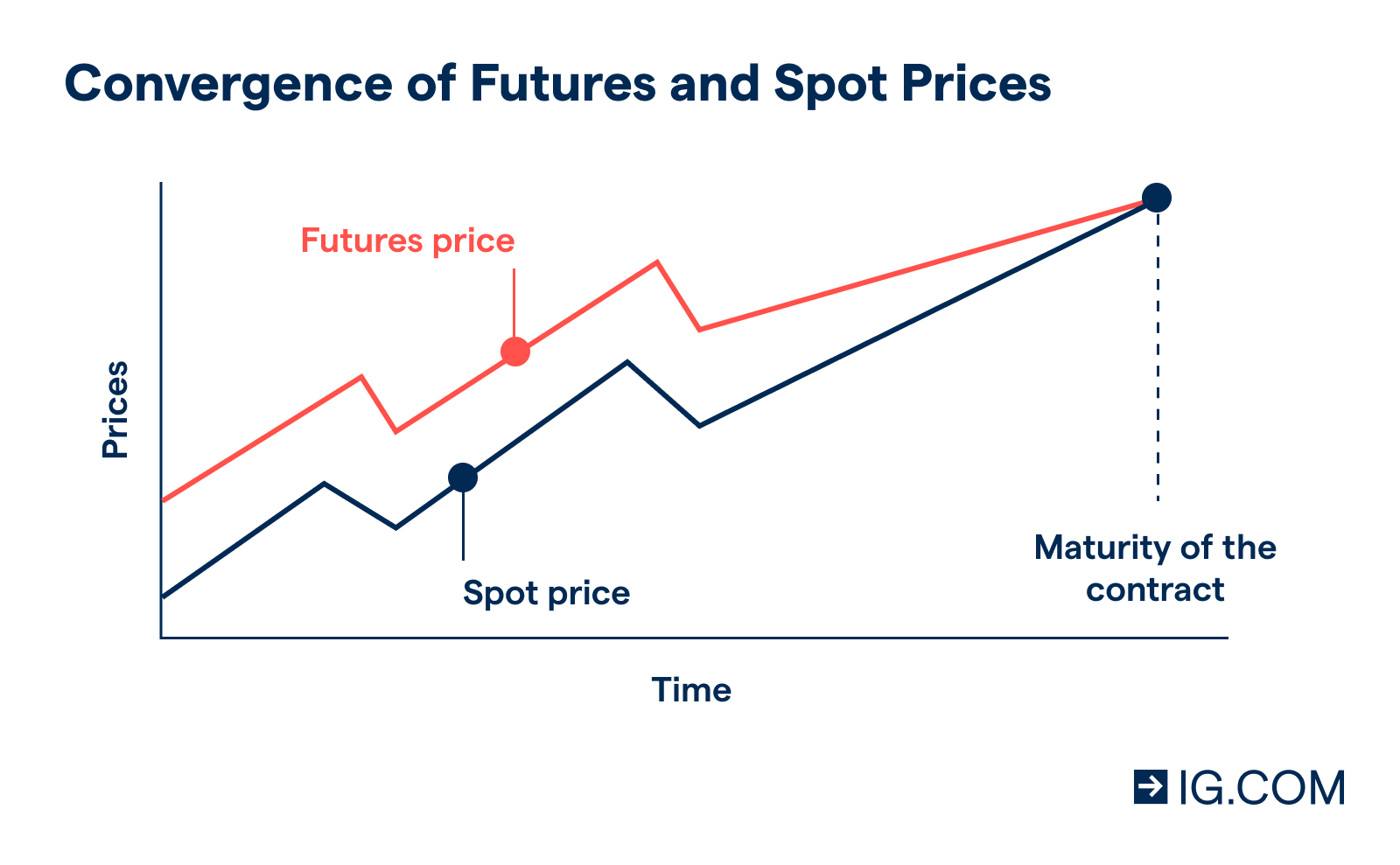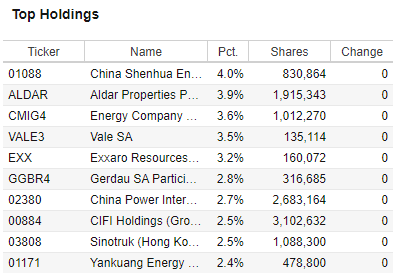
You must make saving a priority if you want learn how to invest. You can set a goal to save $100 per month, and then budget accordingly. It's a great way to generate extra income. Selecting investments is the hardest part of investing. Choose a portfolio that suits your financial situation and risk tolerance. Start with low-risk investments, such as dividend stocks. You can then move to more diverse investments, such as Treasury securities and mutual funds or ETFs.
Paying off your debt
Paying off your debt before investing has many benefits. Typically, unsecured debt carries interest rates of more than 15%. It is important that you are able to earn a reliable return on this debt. If you don't have investment experience, it can be very difficult. Investing is an excellent way to improve financial discipline. You can invest your money in low-risk investments before you get rid off your debt, such a money market mutual funds.

Investing in dividend stocks
Dividend stocks can offer investors a steady stream of income. One indicator of the company's future growth is its payout ratio. It measures how much earnings a company generates per share compared to the amount of cash it pays out in dividends. A company earning $2 per share, and paying $1 per cent in dividends, has a payout ratio of 50%.
Investing in Treasury securities
Are you looking to earn a steady income through the bond market? Then you may be asking: "How can I start investing in Treasury securities?" Investing in these government-backed securities is a smart move, since the US government never defaulted on any debt, so there's little risk involved. There are many types of Treasury securities. Here are some key points to help you make an informed decision.
Investing in a plan with a 401 (k)
If you are new to investing, these tips will help you get started. Learn about expenses and select a low-cost fund. The expense ratio describes how much you spend each fiscal year to purchase a fund. Funds with high expenses will not yield the best returns if you invest over the long haul.

Investing in a brokerage accounts
A brokerage account lets you invest funds to buy securities. The funds are used to build a portfolio of investments. You can also tell your brokerage company when you want to sell or buy them. Your assets are stored in your brokerage account. Your brokerage firm handles the trading. Brokerage accounts are not FDIC-insured, but they offer various types of support that will help you get started investing immediately.
FAQ
What's the role of the Securities and Exchange Commission (SEC)?
SEC regulates the securities exchanges and broker-dealers as well as investment companies involved in the distribution securities. It enforces federal securities regulations.
Who can trade on the stock market?
Everyone. There are many differences in the world. Some have greater skills and knowledge than others. So they should be rewarded for their efforts.
Trading stocks is not easy. There are many other factors that influence whether you succeed or fail. If you don’t know the basics of financial reporting, you will not be able to make decisions based on them.
So you need to learn how to read these reports. Understanding the significance of each number is essential. And you must be able to interpret the numbers correctly.
If you do this, you'll be able to spot trends and patterns in the data. This will help you decide when to buy and sell shares.
This could lead to you becoming wealthy if you're fortunate enough.
What is the working of the stock market?
You are purchasing ownership rights to a portion of the company when you purchase a share of stock. Shareholders have certain rights in the company. He/she can vote on major policies and resolutions. The company can be sued for damages. He/she can also sue the firm for breach of contract.
A company cannot issue more shares than its total assets minus liabilities. This is called "capital adequacy."
A company with a high ratio of capital adequacy is considered safe. Companies with low ratios of capital adequacy are more risky.
What is security in the stock market?
Security is an asset that generates income for its owner. Shares in companies is the most common form of security.
One company might issue different types, such as bonds, preferred shares, and common stocks.
The earnings per share (EPS), and the dividends paid by the company determine the value of a share.
When you buy a share, you own part of the business and have a claim on future profits. You receive money from the company if the dividend is paid.
You can sell your shares at any time.
What is the distinction between marketable and not-marketable securities
Non-marketable securities are less liquid, have lower trading volumes and incur higher transaction costs. Marketable securities, on the other hand, are traded on exchanges and therefore have greater liquidity and trading volume. They also offer better price discovery mechanisms as they trade at all times. But, this is not the only exception. There are exceptions to this rule, such as mutual funds that are only available for institutional investors and do not trade on public exchanges.
Marketable securities are less risky than those that are not marketable. They have lower yields and need higher initial capital deposits. Marketable securities are typically safer and easier to handle than nonmarketable ones.
For example, a bond issued in large numbers is more likely to be repaid than a bond issued in small quantities. The reason is that the former is likely to have a strong balance sheet while the latter may not.
Investment companies prefer to hold marketable securities because they can earn higher portfolio returns.
Statistics
- "If all of your money's in one stock, you could potentially lose 50% of it overnight," Moore says. (nerdwallet.com)
- US resident who opens a new IBKR Pro individual or joint account receives a 0.25% rate reduction on margin loans. (nerdwallet.com)
- For instance, an individual or entity that owns 100,000 shares of a company with one million outstanding shares would have a 10% ownership stake. (investopedia.com)
- The S&P 500 has grown about 10.5% per year since its establishment in the 1920s. (investopedia.com)
External Links
How To
How to create a trading plan
A trading plan helps you manage your money effectively. It helps you identify your financial goals and how much you have.
Before setting up a trading plan, you should consider what you want to achieve. It may be to earn more, save money, or reduce your spending. If you're saving money you might choose to invest in bonds and shares. You could save some interest or purchase a home if you are earning it. And if you want to spend less, perhaps you'd like to go on holiday or buy yourself something nice.
Once you know your financial goals, you will need to figure out how much you can afford to start. This will depend on where you live and if you have any loans or debts. Consider how much income you have each month or week. Income is the sum of all your earnings after taxes.
Next, you'll need to save enough money to cover your expenses. These expenses include rent, food, travel, bills and any other costs you may have to pay. Your monthly spending includes all these items.
You'll also need to determine how much you still have at the end the month. This is your net discretionary income.
This information will help you make smarter decisions about how you spend your money.
Download one from the internet and you can get started with a simple trading plan. You can also ask an expert in investing to help you build one.
Here's an example spreadsheet that you can open with Microsoft Excel.
This is a summary of all your income so far. You will notice that this includes your current balance in the bank and your investment portfolio.
And here's a second example. This was created by an accountant.
This calculator will show you how to determine the risk you are willing to take.
Don't try and predict the future. Instead, be focused on today's money management.